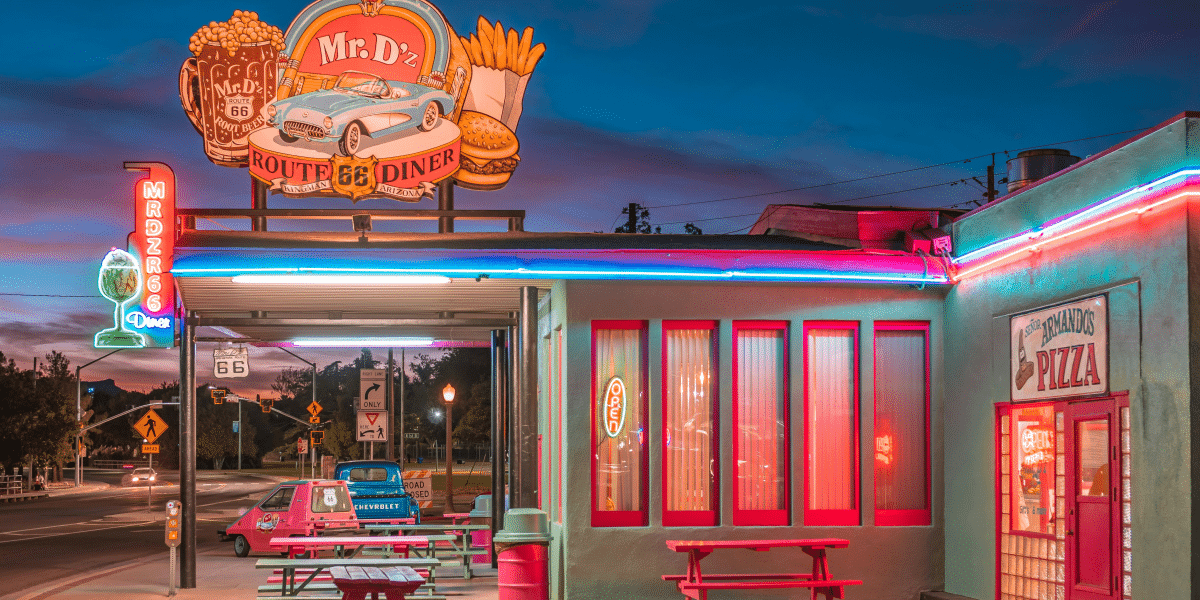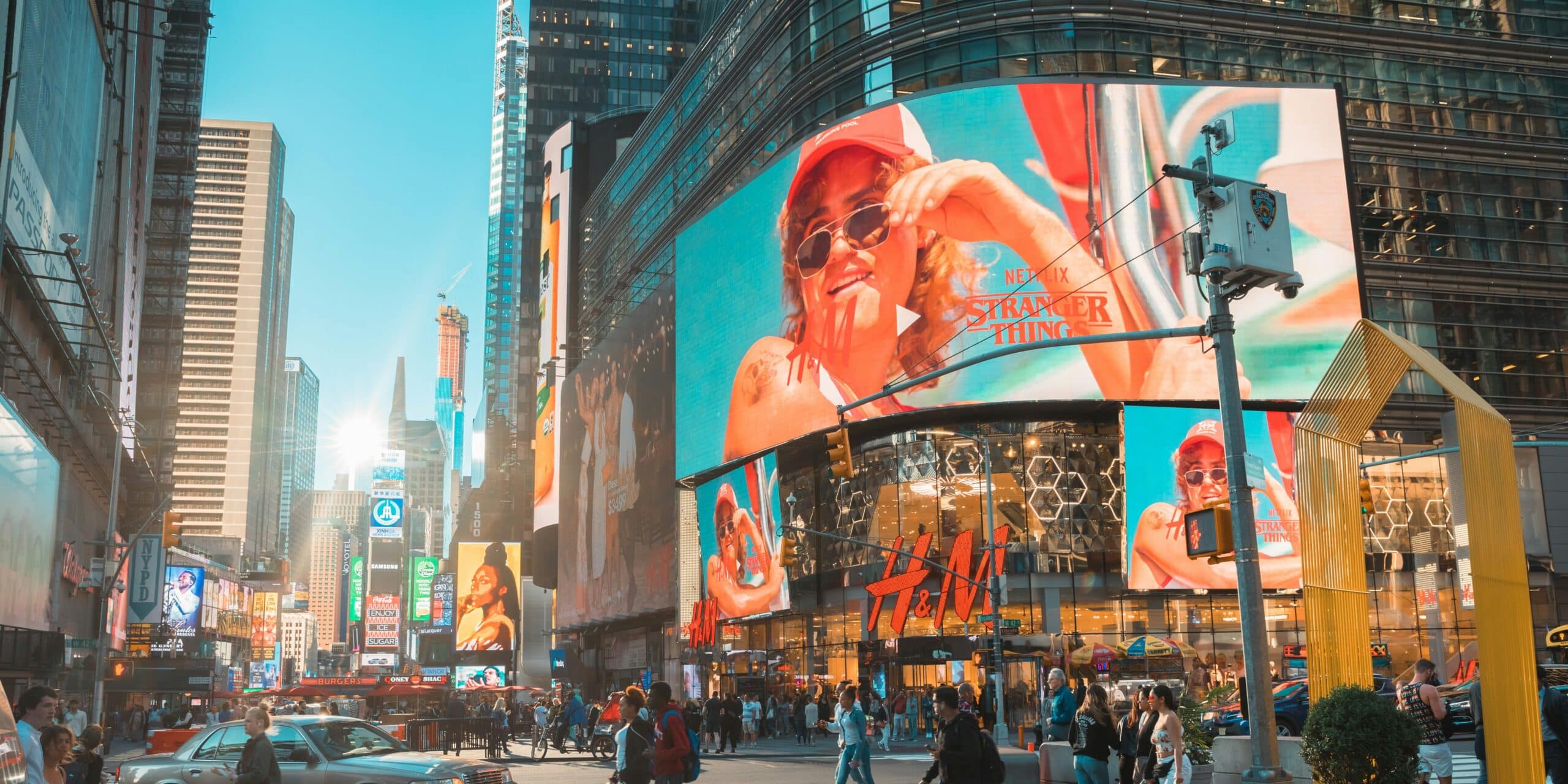Image commercially licensed from: Unsplash
Pop-up events, roadshows, and other experiential marketing efforts offer a way for business owners to break out of their usual settings and get their brand out into the field. According to Ray Sheehan, founder of Old City Media, these approaches build brand awareness and raise a company’s profile with the public by engaging with the community and sparking conversations with target customers.
“In the marketing world, these strategies are called ‘activations’ because they bring your brand to life and forge connections with potential customers,” Sheehan says.
While these campaigns can drive leads into a business’s sales funnel, Sheehan suggests that’s not the only advantage they have.
The benefits of brand activations
Since brand activations focus on having real-world conversations with prospective customers, businesses can use them to educate consumers and provide them with valuable insights. In this way, brands can take on an informative role while correcting misconceptions.
In addition, being out in the field during a brand activation helps businesses acquaint themselves with their audiences. “As every marketer knows, the more you know your customers, the better,” says Sheehan. “Brand activations present an organic way to relate to your customers, which helps you build a holistic sense of their psychographics.”
These events can also correct erroneous assumptions about a business’s true audience. “You might come to realize that, while you had believed your target audience was a certain demographic, the people most drawn to your product or service are different in reality,” Sheehan adds. “Once you are able to identify your actual target audience, you can make better marketing decisions and reach them more effectively.”
Finally, Sheehan points to brand activations as a vehicle for social listening. “Brand activations can also give your audience a chance to give you feedback,” he explains. “Sometimes, you start hearing things about your business that point you toward areas for improvement. Correcting problems means perceiving them, and brand activations help you do this.”
When set up correctly, these campaigns can deliver big value. That’s why brand activations should be part of any business’s marketing budget.
Pick the right time
The first rule of creating cost-effective activations is to choose the right moment. Not every month or season is the right time for these efforts.
In particular, Sheehan suggests that the Q1 months of January, February, and March can be a challenging time to implement brand activations. “Coming off the winter holidays, many people have spent a lot of money and may even have taken on credit card debt or other forms of debt,” he says. “Bills are coming in, meaning that consumers generally tend to be more frugal in January. If you go out and try to promote your business during these months, you might not see the same results you would during the summer. Also, in some geographical areas, these months are too cold for your brand representatives to hold outdoor events.”
That said, Sheehan listed some effective activations during Q1 for particular kinds of products and services. “Home improvement or garden shows often take place during this time,” he says, “because people often use Q1 to get inspiration for their Q2 projects. In the springtime, they’ll start doing things to their landscaping or around the house.”
While many people approach the New Year as the time to get active and tackle new goals, when it comes to brand activations, Sheehan encourages business leaders and marketers to use Q1 to pause and reflect. “In general, I consider Q1 a good time to look back on the previous year’s performance,” he says. “How successful were your efforts? Do you need to adapt or pivot? Do you need to focus your attention on certain areas or avoid others? Evaluating past performance will then enable you to outline your strategy for the remainder of the calendar year. Q1 is also a good time to do this.”
Example of a successful activation
When asked to give an example of a successful activation, Sheehan describes a recent event that a major telecommunications corporation conducted at a big box home-improvement store. A brand ambassador set up a promotional booth in the home-improvement store and gave out gift cards to the store that was hosting her. Her booth also had a spin-the-wheel game that gave out prizes: sunglasses, koozies, and even a smartphone.
“Incentives like these made people more willing to approach her and hear what she had to say,” Sheehan explains. “Most customers were visiting the store to make specific purchases, and she was basically offering them a discount on whatever they wanted.”
The telecommunications corporation posted a picture on social media showing what was going on at this particular retail location. “In the picture, the brand ambassador is smiling and looks welcoming, which gives you a warm feeling,” Sheehan notes. “She’s also showing the gift cards to the camera, validating that the offer is real. The image shows the spin-the-wheel game and prizes, both of which promise fun and give the viewer a sense of where the booth can be found in the store.”
The accompanying copy was written as a letter to the community, welcoming them to visit the home-improvement store and get their gift cards. “Boom — that’s a nice call to action,” Sheehan says. The text also gives relevant details, such as the exact location and the fact that the offer is good for the whole weekend. Finally, the post includes hashtags to bring the offer to the attention of communities who are most likely to be interested in this opportunity.
According to Sheehan, posts like these drive traffic toward the activation and leverage it to build engagement online.
Bring gifts for your hosts
For Sheehan, stores that host activations for other companies can also benefit from them. “The telecommunications company bought all those gift cards to give out,” he points out. “Some customers may save the gift card for later, which provides an incentive for them to return. Plus, the activation improves customers’ experience at the retail location. None of this cost the host location anything. It’s all money going straight to their bottom line.”
Nevertheless, when doing an activation at a partner’s location, it’s still a good idea to incentivize the staff there. “Think of it this way — you are essentially going to somebody else’s home,” Sheehan says. “When you go to a party, you might bring a bottle of wine or some cookies. When you do a brand activation at somebody else’s store, it’s important to pay respect to the employees there.
“To me, the quickest way to warm someone’s heart is with free food. Giving the employees energy bars or bottles of water is an inexpensive and easy way to extend goodwill. Maybe you want to order pizza or get coffee and doughnuts for everyone. Guests who behave like this become much more welcome.”
With gifts like these, management at the host location thinks more favorably about the brand doing the activation and will want them to return. “Everyone is dealing with a labor shortage, and they will appreciate the positive experience you’ve given their team,” he says. “The fact that you are rewarding their staff makes them see your program in a different light.
“By the way, these staff members are also potential customers,” he adds. “Just thanking the staff for being hosts enables you to create positive feelings with them in a natural way.”
Spread positivity
In short, brand activations create positive associations with brands through organic field operations that spread goodwill.
“If you’re a brand manager or your business has a product or service, and if you are not getting out to the community and engaging consumers this way, then you’re doing your business a disservice,” Sheehan says. “Every single retailer and grocery store should integrate these approaches into their business plan.”












